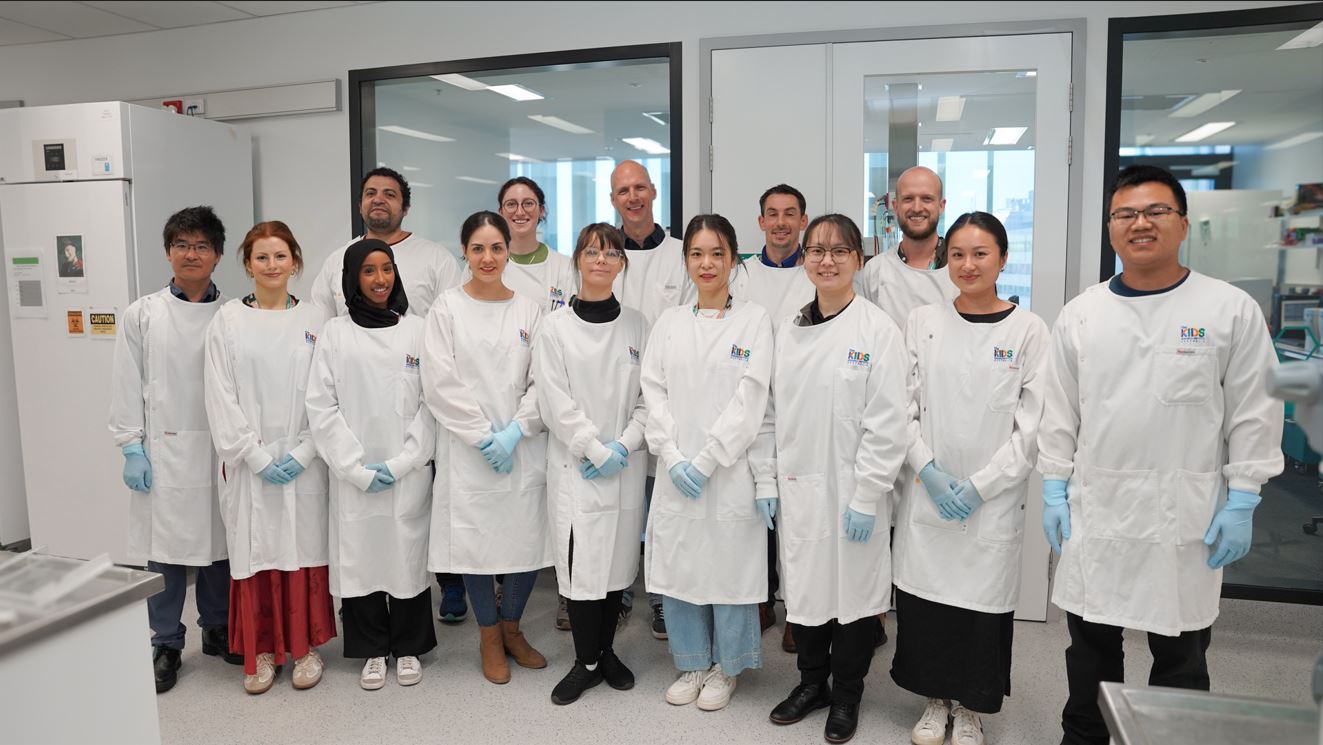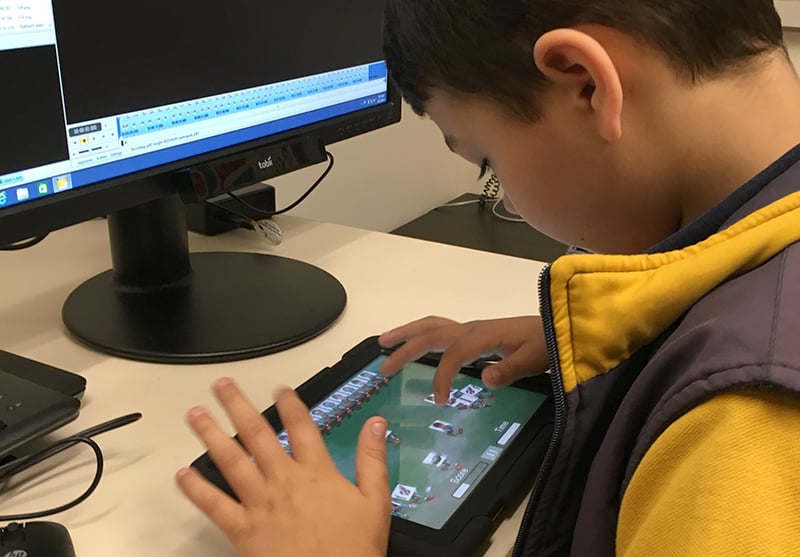Search
Showing results for "A"
Research
Longitudinal trajectories of BMI z-score: an international comparison of 11,513 Australian, American and German/Austrian/Luxembourgian youth with type 1 diabetesThis multinational study presents unique body mass index z score trajectories in youth with type 1 diabetes across three continents

We aim to discover and develop safer and more effective treatments by doing inventive and rigorous research to improve outcomes for kids with cancer.
Research
Addressing the relationship between racism and inequality in suicide...In 2009 over 40 leading researchers and academics from across Australia signed the Boatshed Racism Roundtable Declaration that proposed four areas of action...
Therefore, we used video data to examine changes in hand function over time. We also investigated what other factors might influence these changes.
The study aims to determine whether an RSV vaccine given to pregnant women during the third trimester can protect newborn babies from RSV infections.

Can baby’s early movements predict learning difficulties later in childhood?

News & Events
Frankie and Friends appResearchers at The Kids Research Institute Australia and University of Western Australia have recently published data describing the use of an attention training game designed for school-aged children diagnosed with autism spectrum disorder (ASD).
Research
Child maltreatment: variation in trends and policies in six developed countriesWe explored trends in six developed countries in three types of indicators of child maltreatment for children younger than 11 years,...
Research
Public Health Approach to Child Abuse and Neglect: Antecedents and OutcomesMelissa Fiona Helen Rebecca Peter O'Donnell Stanley Leonard Glauert Jacoby BPsych (Hons), MPsych, GradDip Ed, PhD FAA FASSA MSc MD FFPHM FAFPHM FRACP
Research
Kids are not small adults, Identifying age-dependent drug targets in paediatric oncologyCancers in children are very different to cancers in adults. However, most therapeutic strategies are designed explicitly for adult cancers, and then used in children if proven safe.
